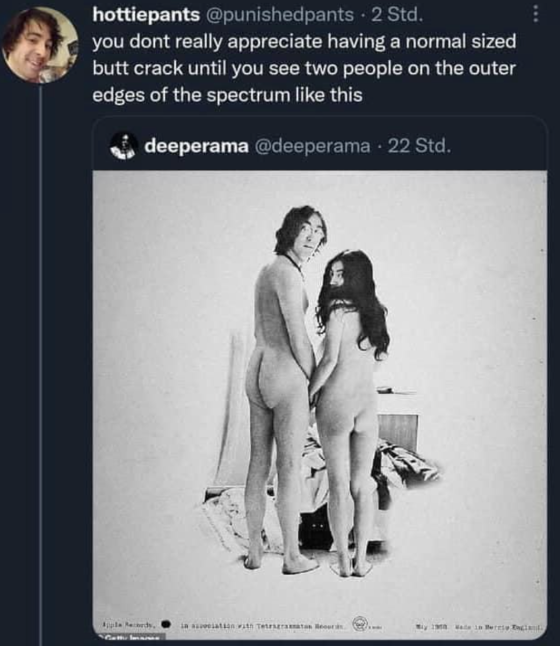2022.01.02
I think he misses one of the main appeals of physical books; how they sit on the shelf after the main reading is done. Perhaps I'm a bit superficial but I value full bookcases as a reminder to myself (and a sign to visitors) of my history with and ongoing relationship to the printed word. Bogost addresses the physicality of print books as they are read, but on a shelf that physicality is equally even more significant; the shape and color and typography cement a book more firmly in bodily memory, as does the physical location on well-established, stable personal set of bookshelves.
And of course, a set of bookshelves can become a personal lending library in a way a bunch of books in a ebook device won't. Physical books are much more readily shared.
(And as an extension of that - physical books can support local booksellers. I bought a novel of an author I like from the window of Arlington's "The Book Rack" yesterday in part to do a small bit to help that continuation.)
All that said, I still do most of my reading on iPads. I've never liked the murky-gray of Kindles, my lightly astigmatic eyes prefer a backlit screen and it's great to be able to read in a dimly lit room without having to carefully balance an external light source.
(Back to the vanity of it: when someone sees you reading a physical book, they know you're not just dinking around on social media on your iPad or phone, so that's a plus for a social creature as well.)
Bogost claims ebooks are inferior for highlighting and marginalia, but I think iPads more than make up for that with multiple colors of highlighting and for copy and pasting passages - important for someone who thinks brief paragraphs can punch above their weight in content, and likes to capture those, either in a commonplace book or publically in a blog or on social media.
I'd say Bogost doesn't quite nail the dividing line of what genres work well as ebooks; there's a lot of non-fiction that is still pretty linear and fits the format well.
(Also, Bogost seems to mix electronic texts that reflow content vs PDF scans - I assume he knows but doesn't call out that margins are also useful to keep line lengths reasonable, and prevent the eye from having an excessively long journey across and back.)
Sometimes I try to split the difference then, doing most reading on my iPad (or sometimes now my large screen iPhone - but I'm sure Bogost would share my concern that it puts content in magazine-esque column widths, which is a bad vibe for much reading.) But if a book really strikes home, I like to ask for a copy of the print form for the shelf. The best of both worlds, potentially, though maybe a little unseemly to have a shelf with so many pristine, uncracked books there among the more well-worn editions.

(it's a photoshop but I cackled)
